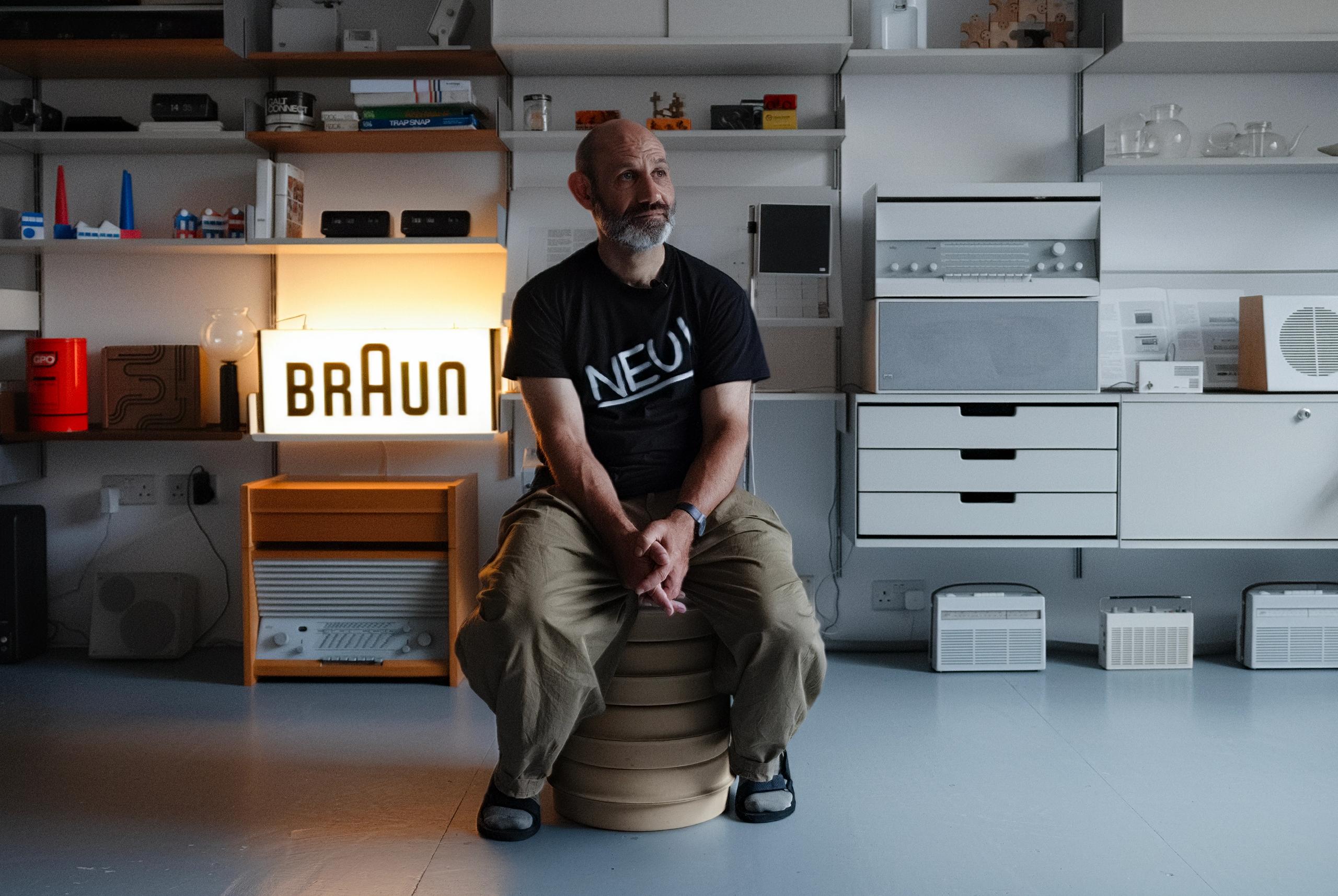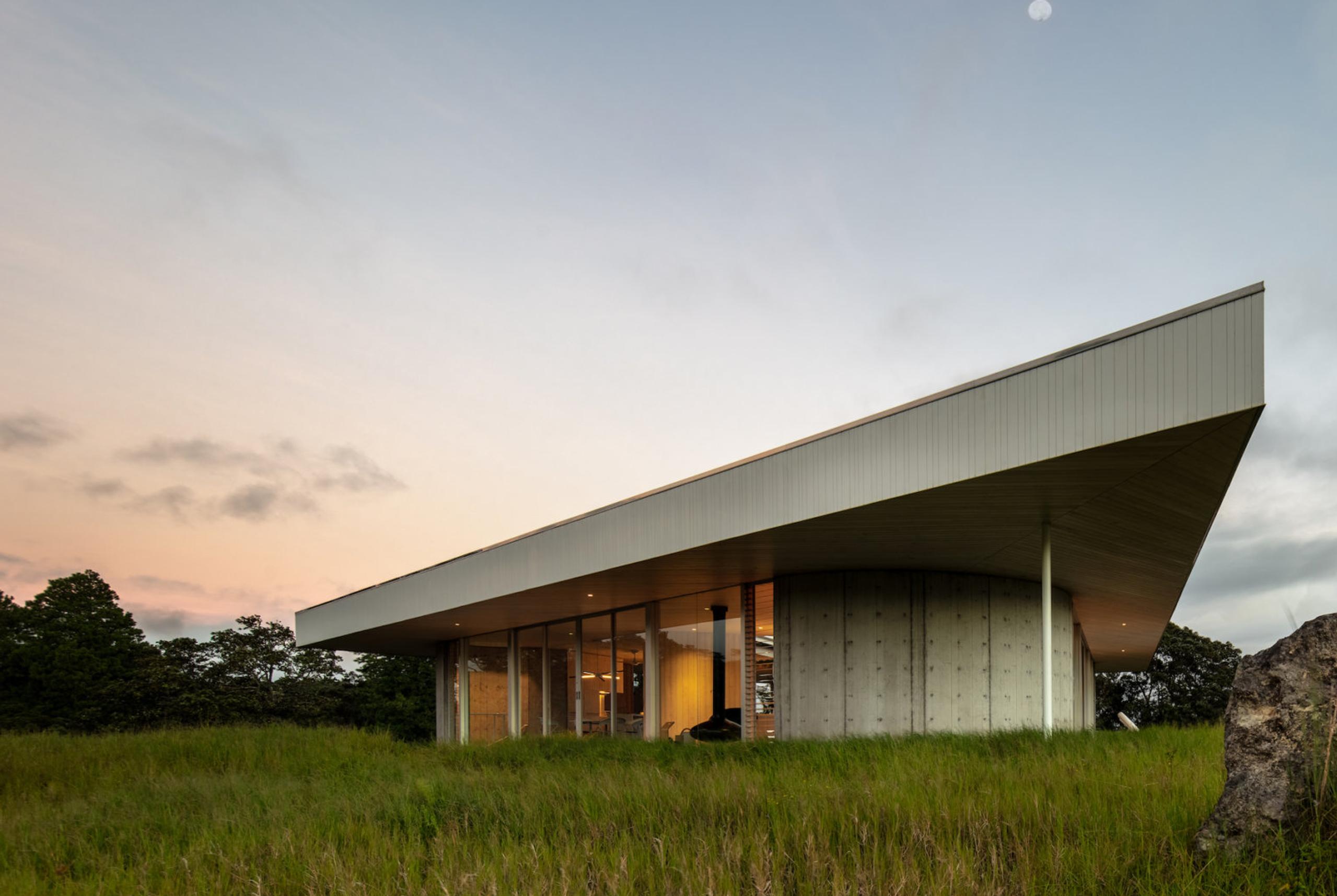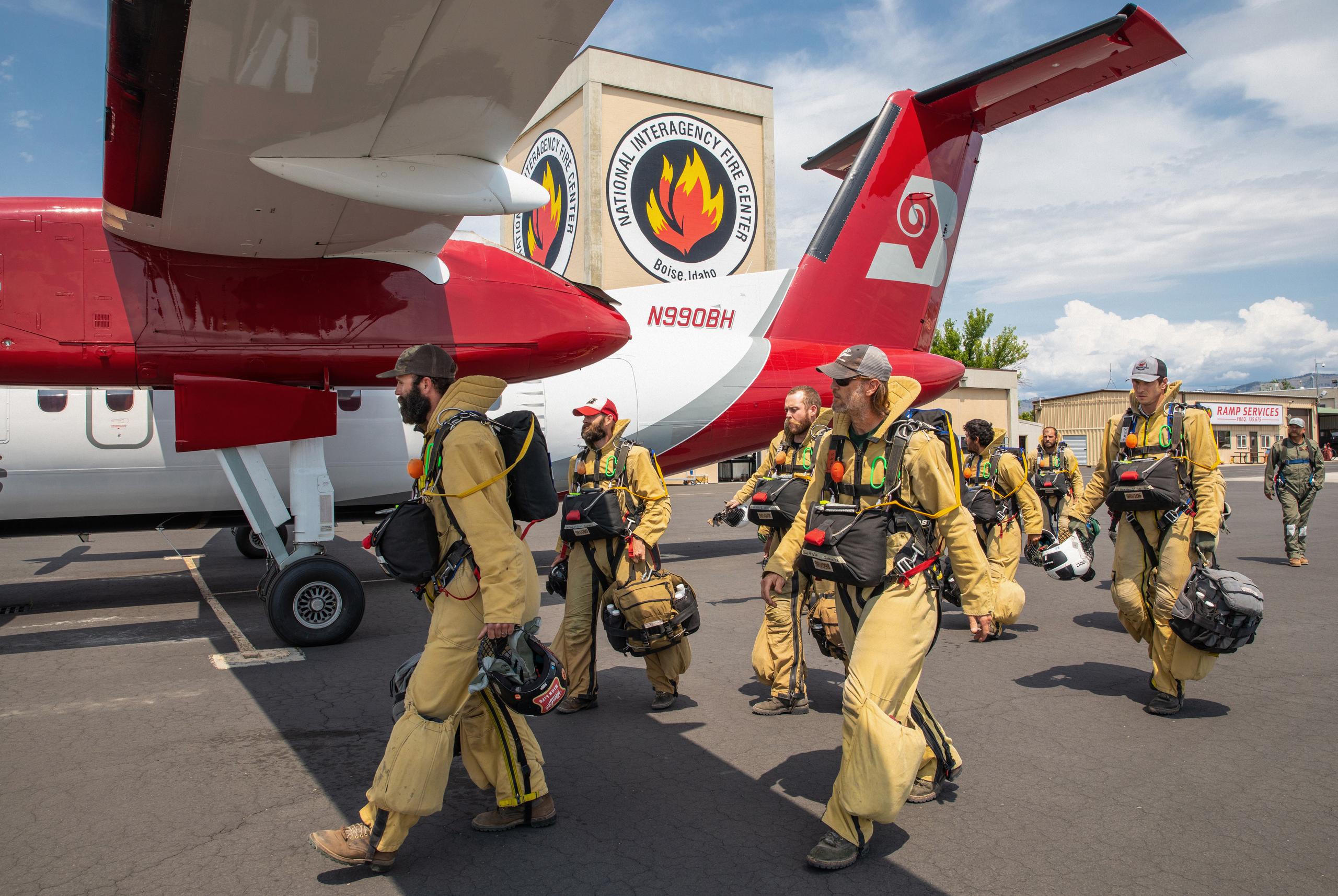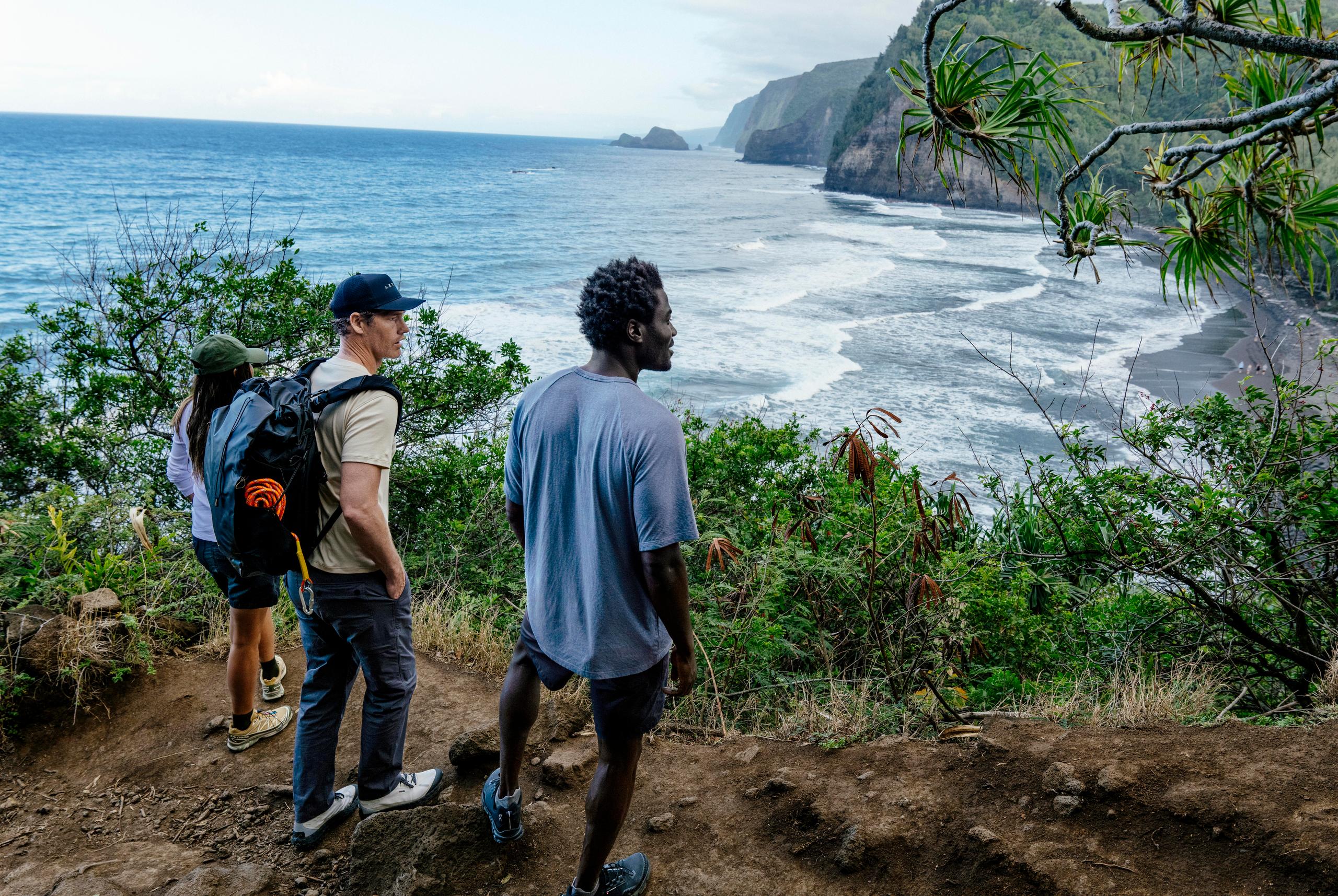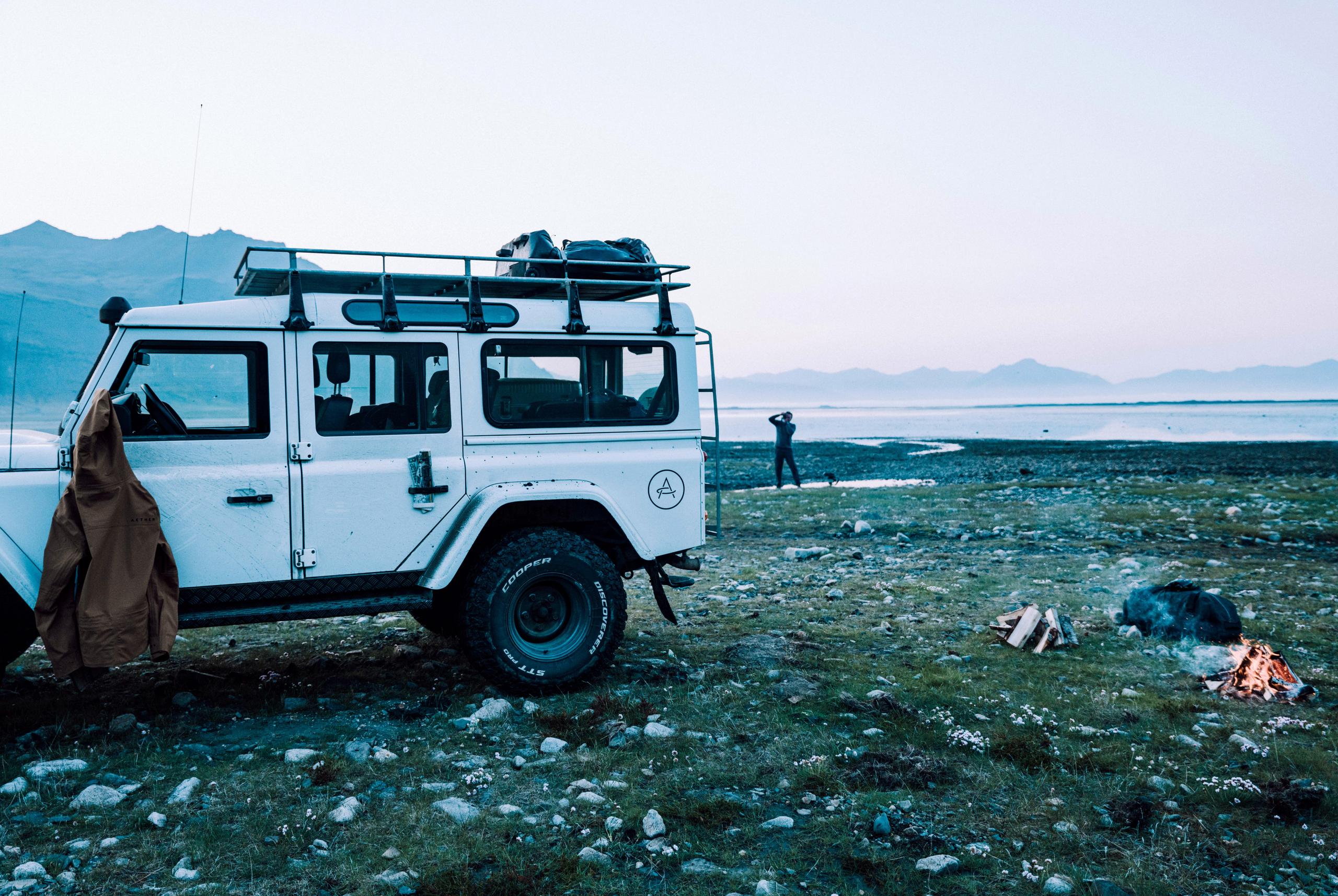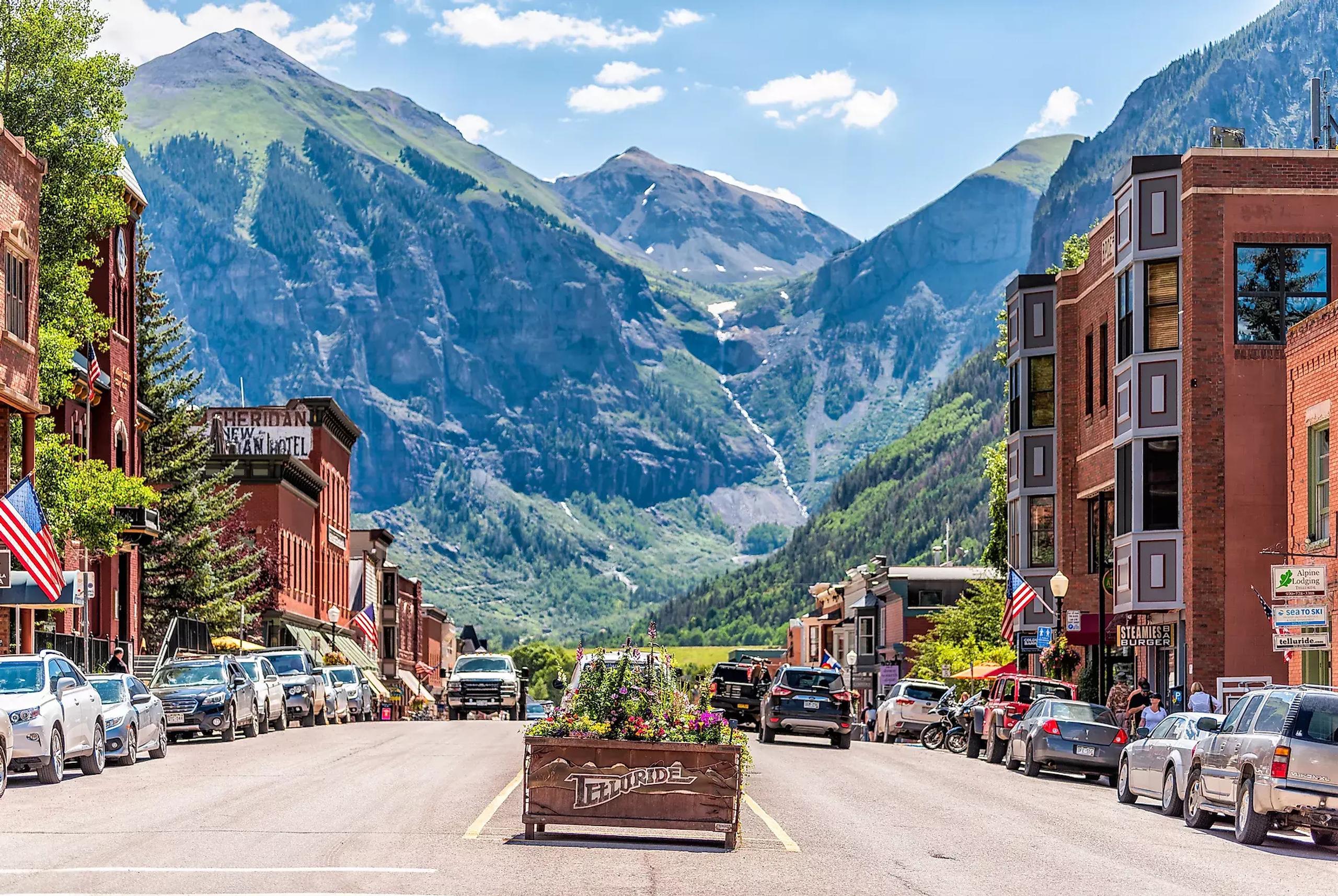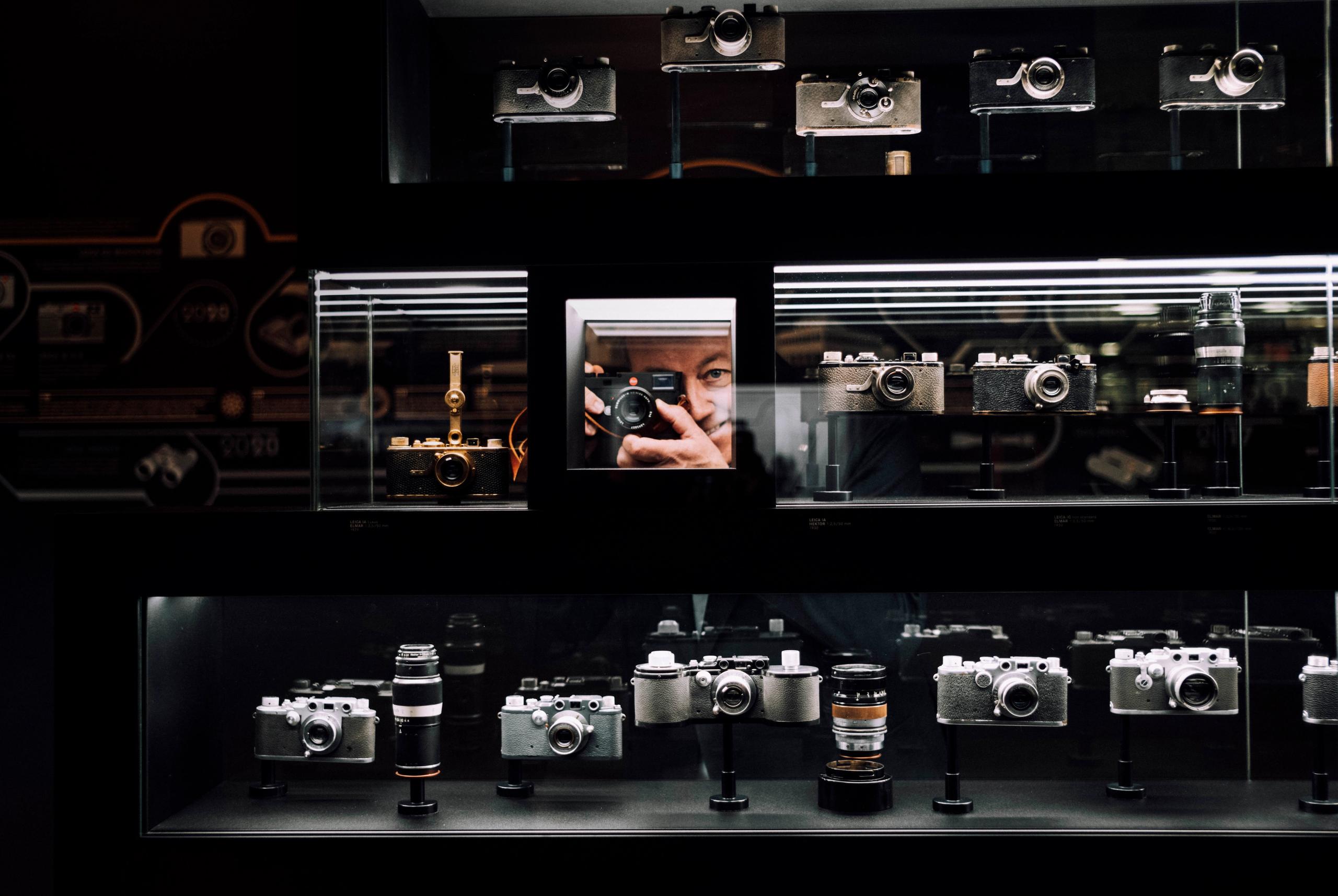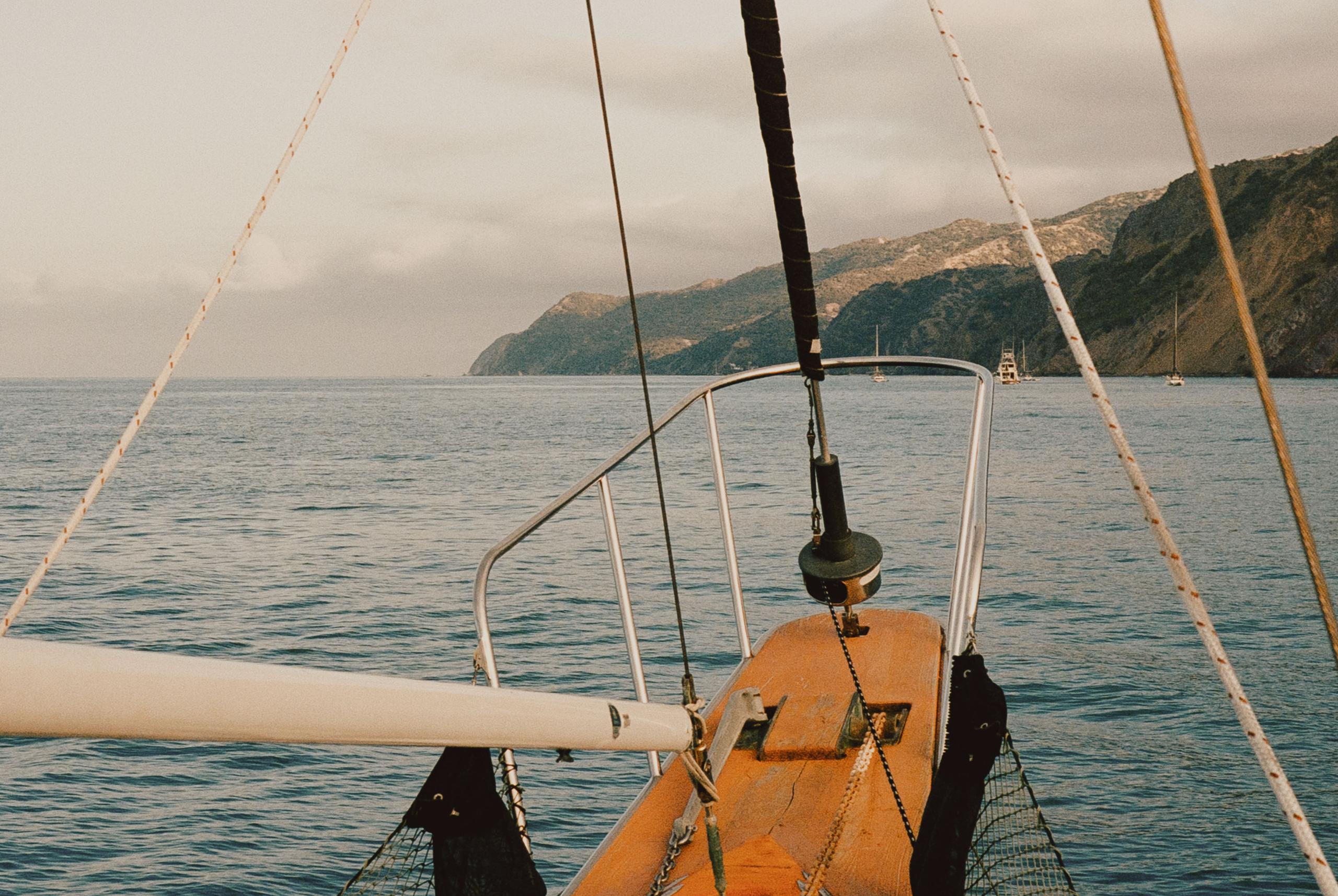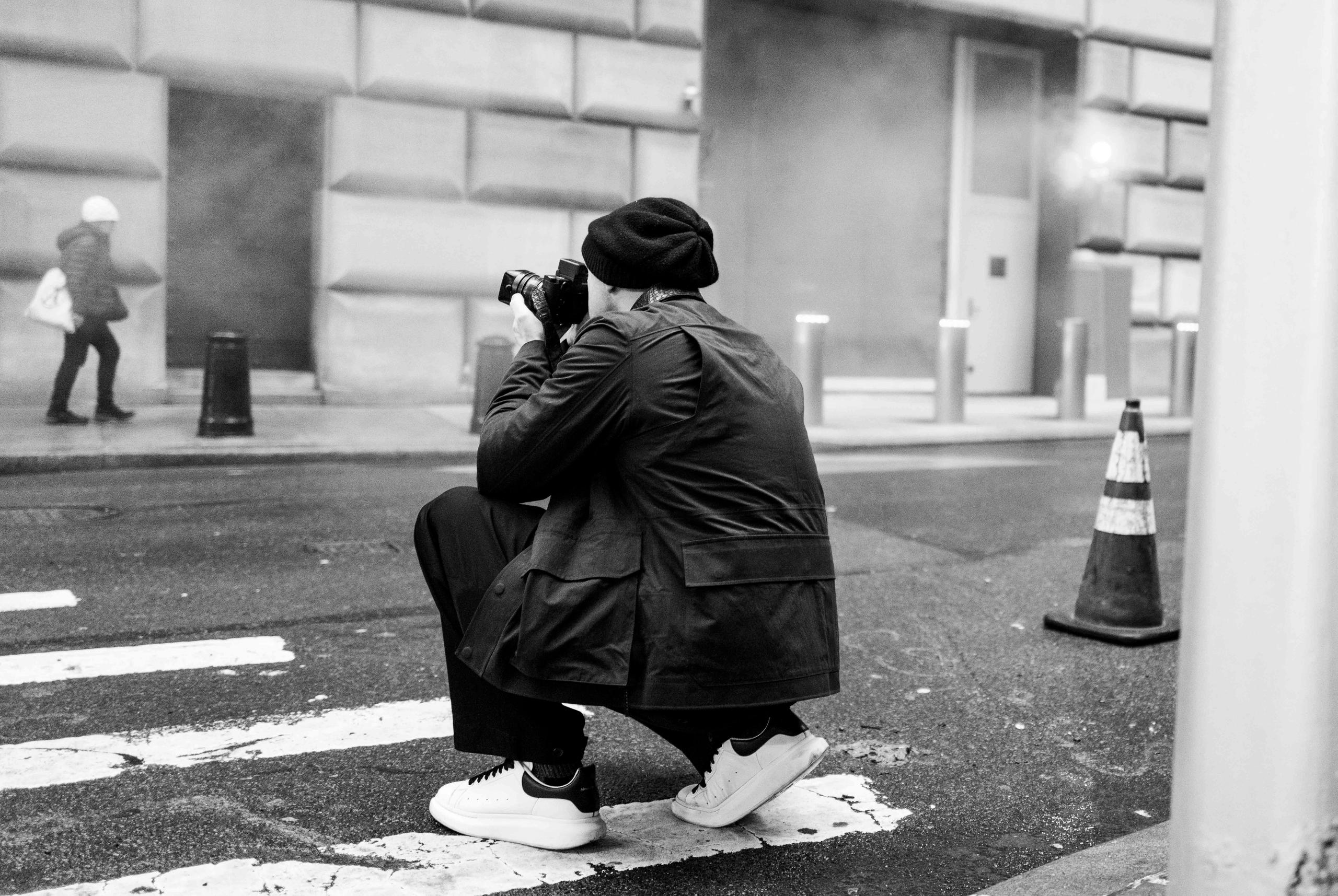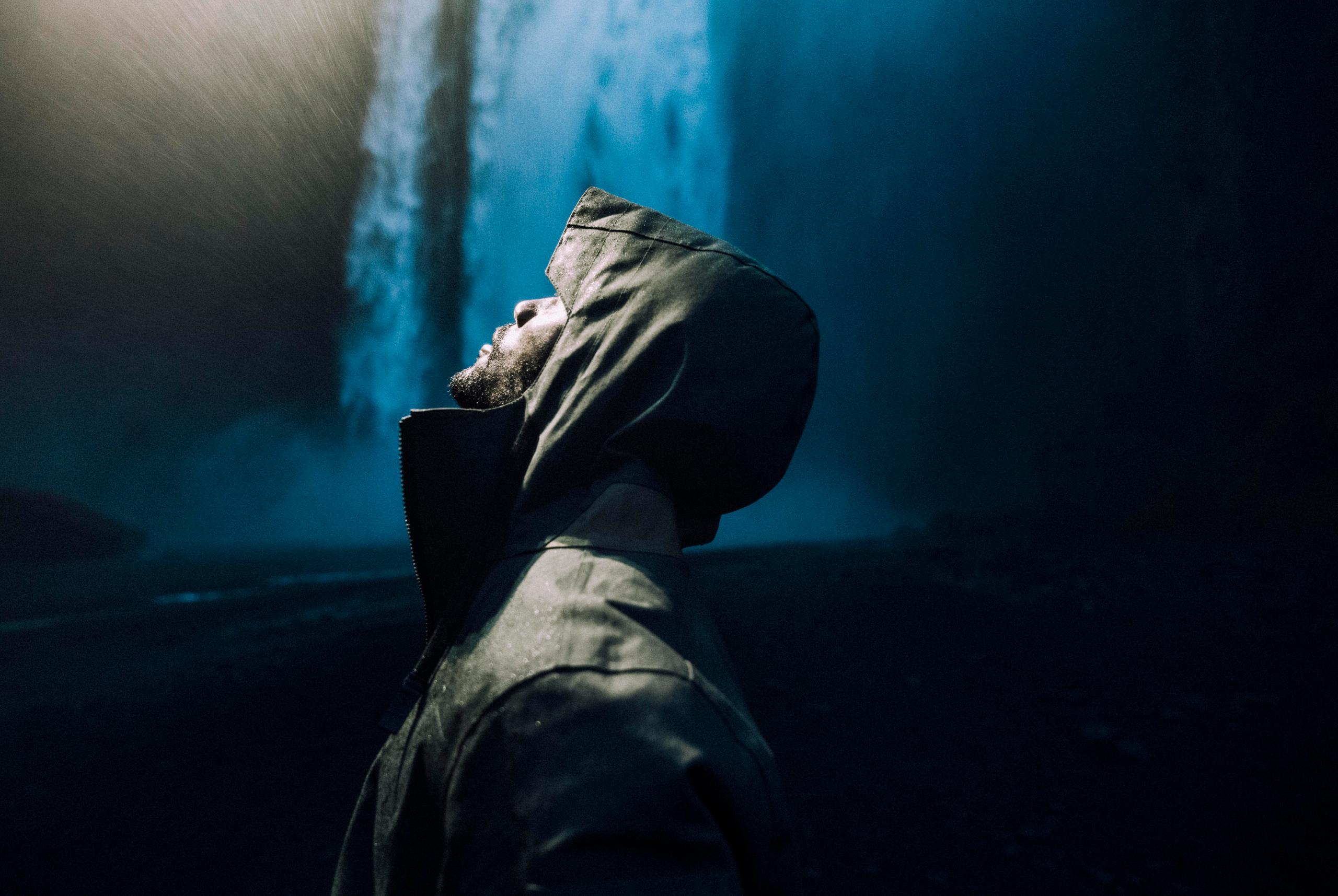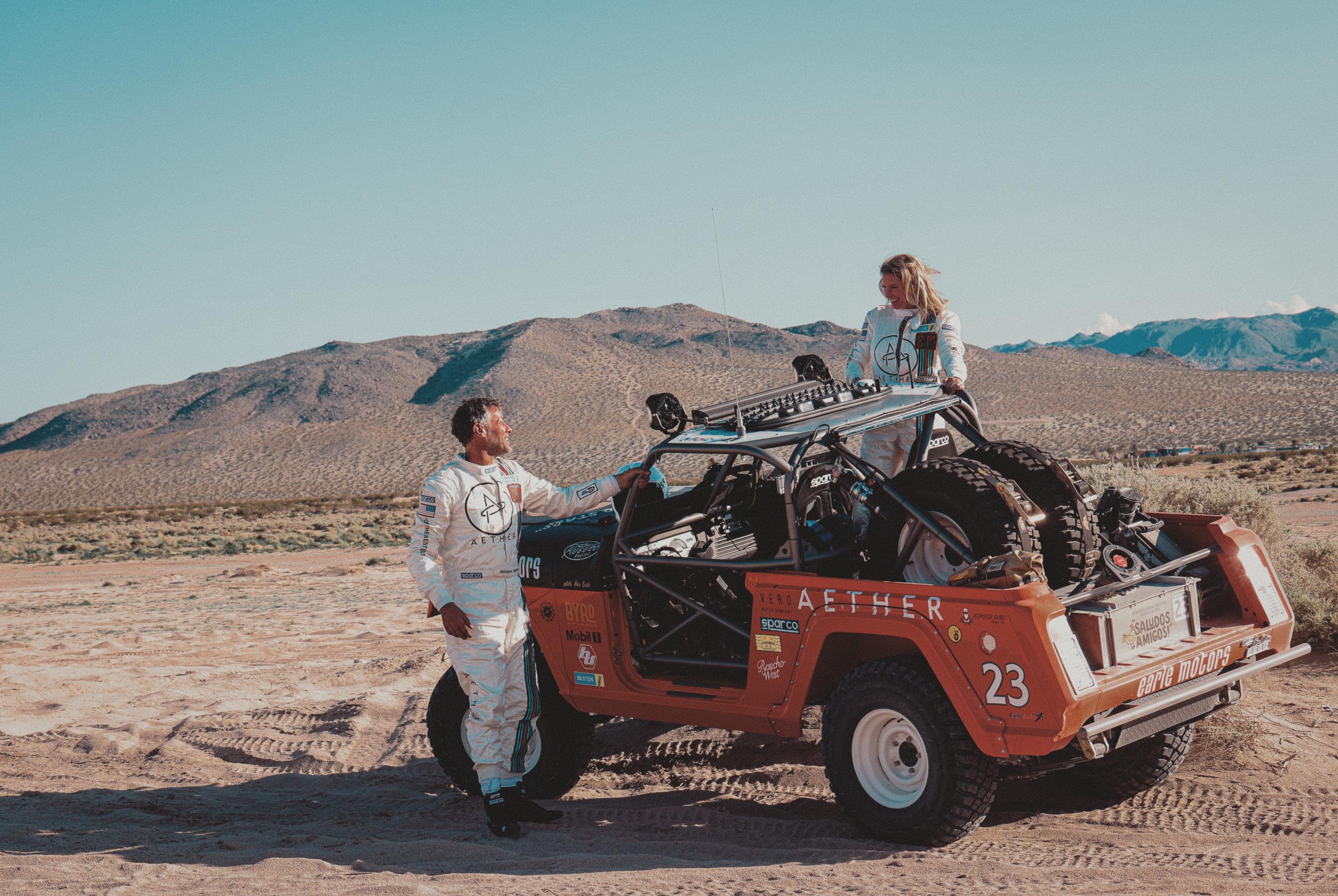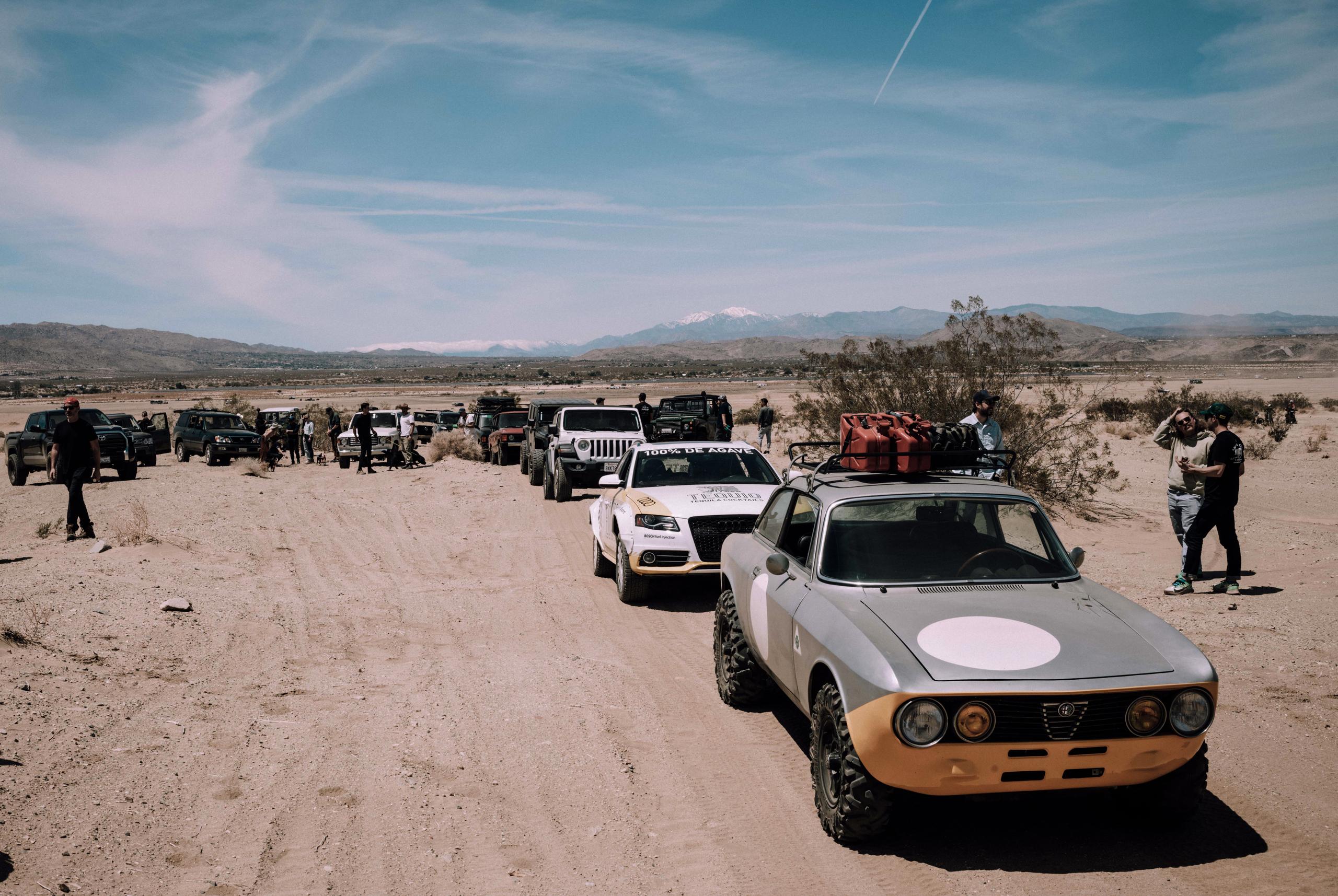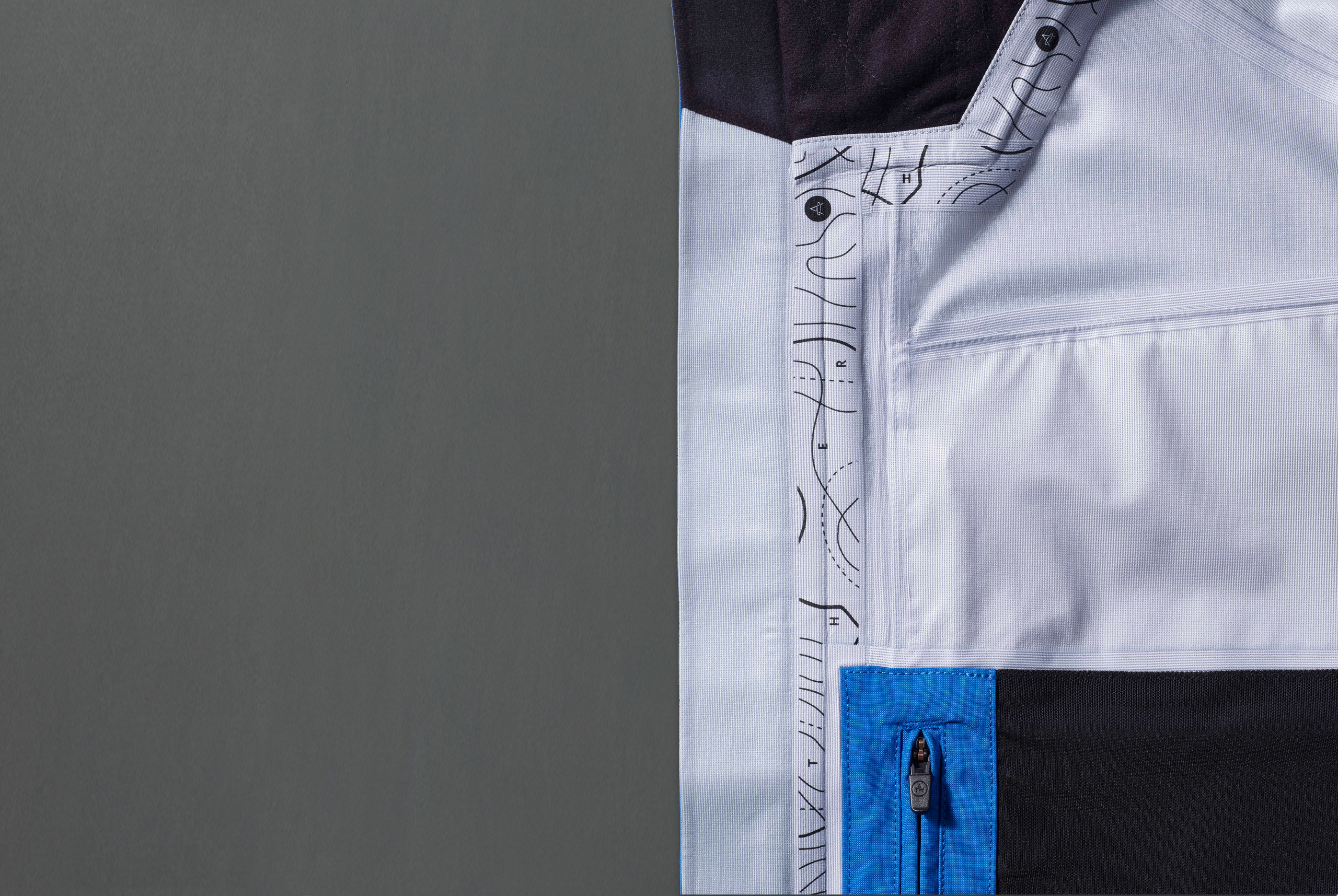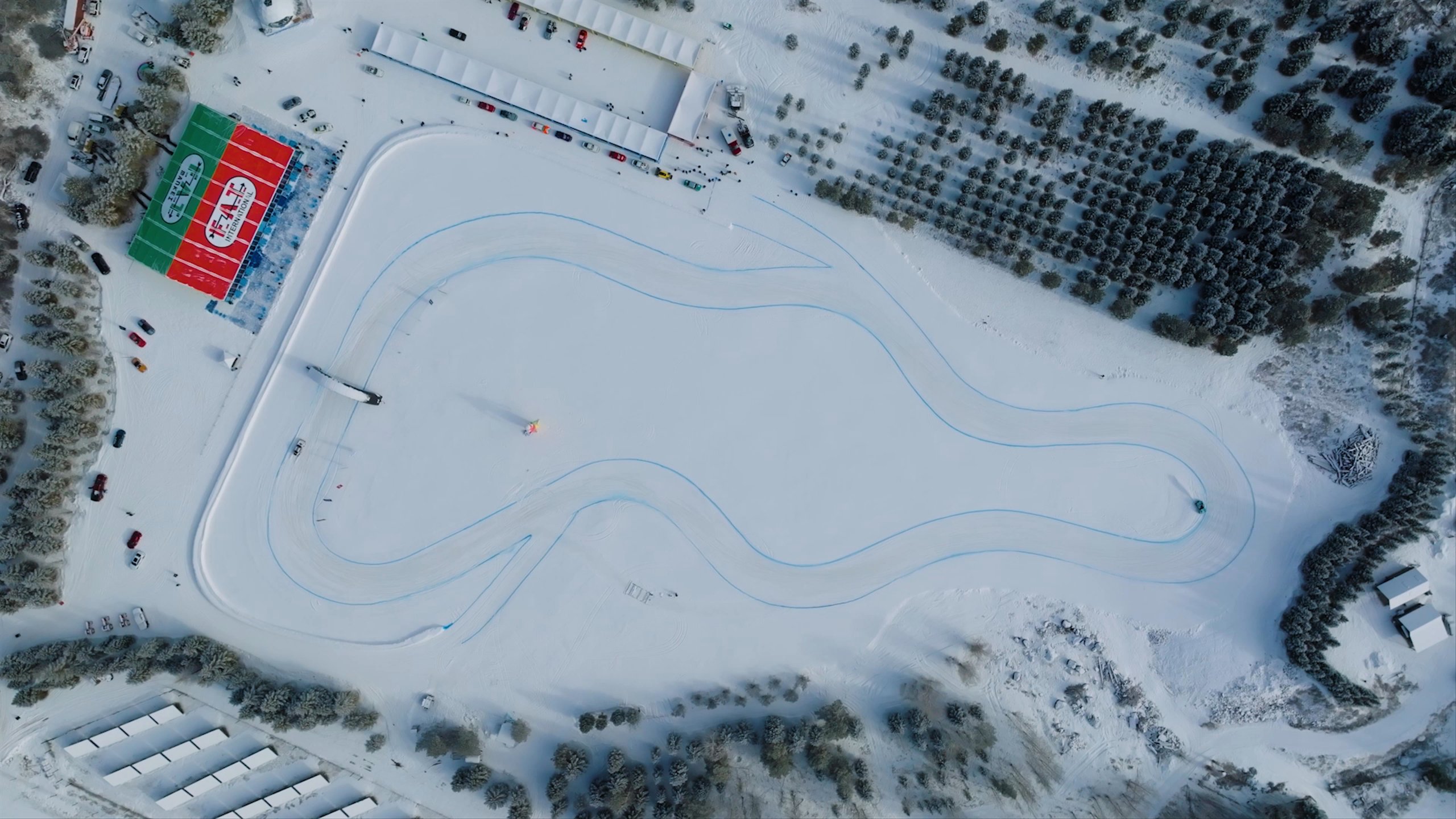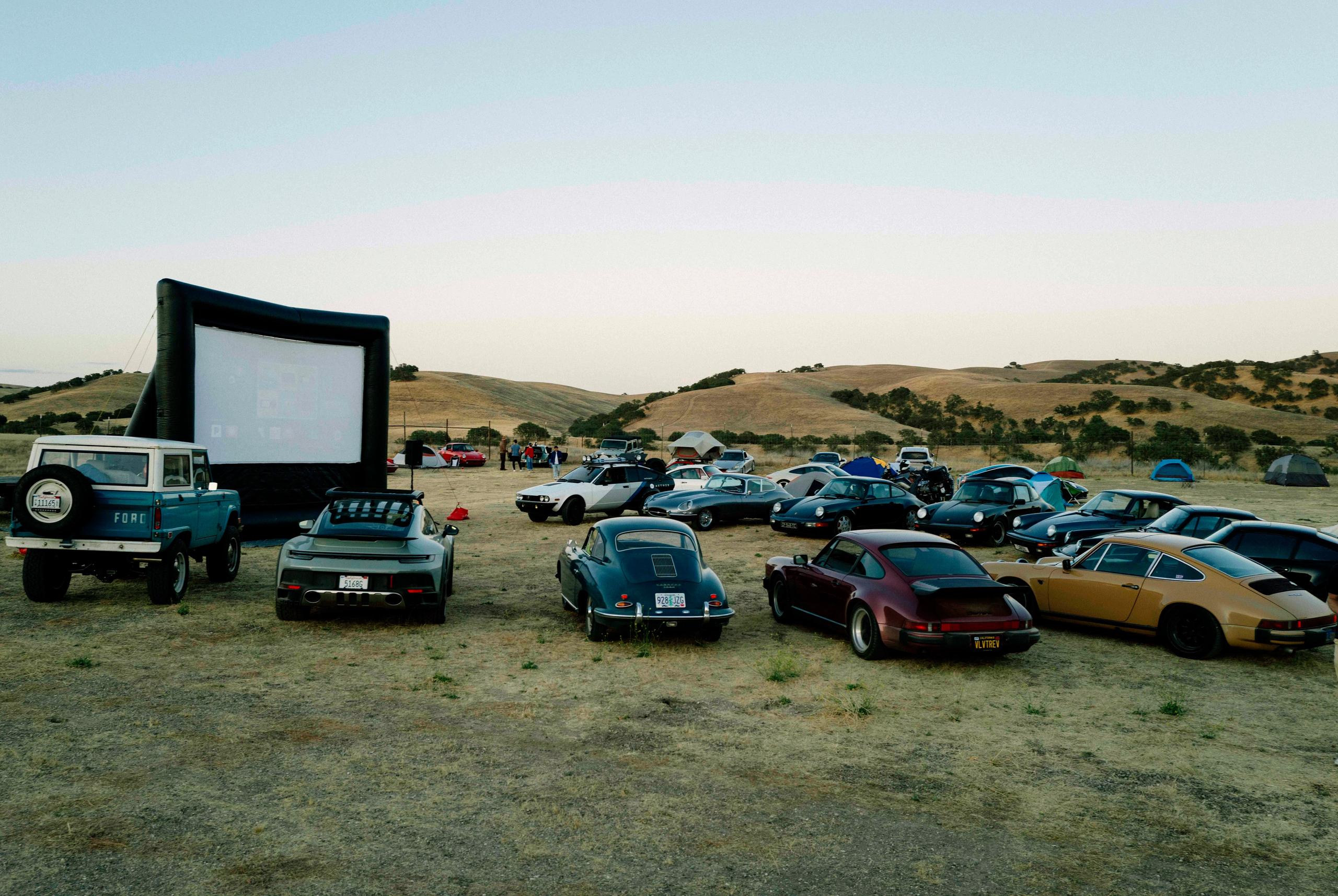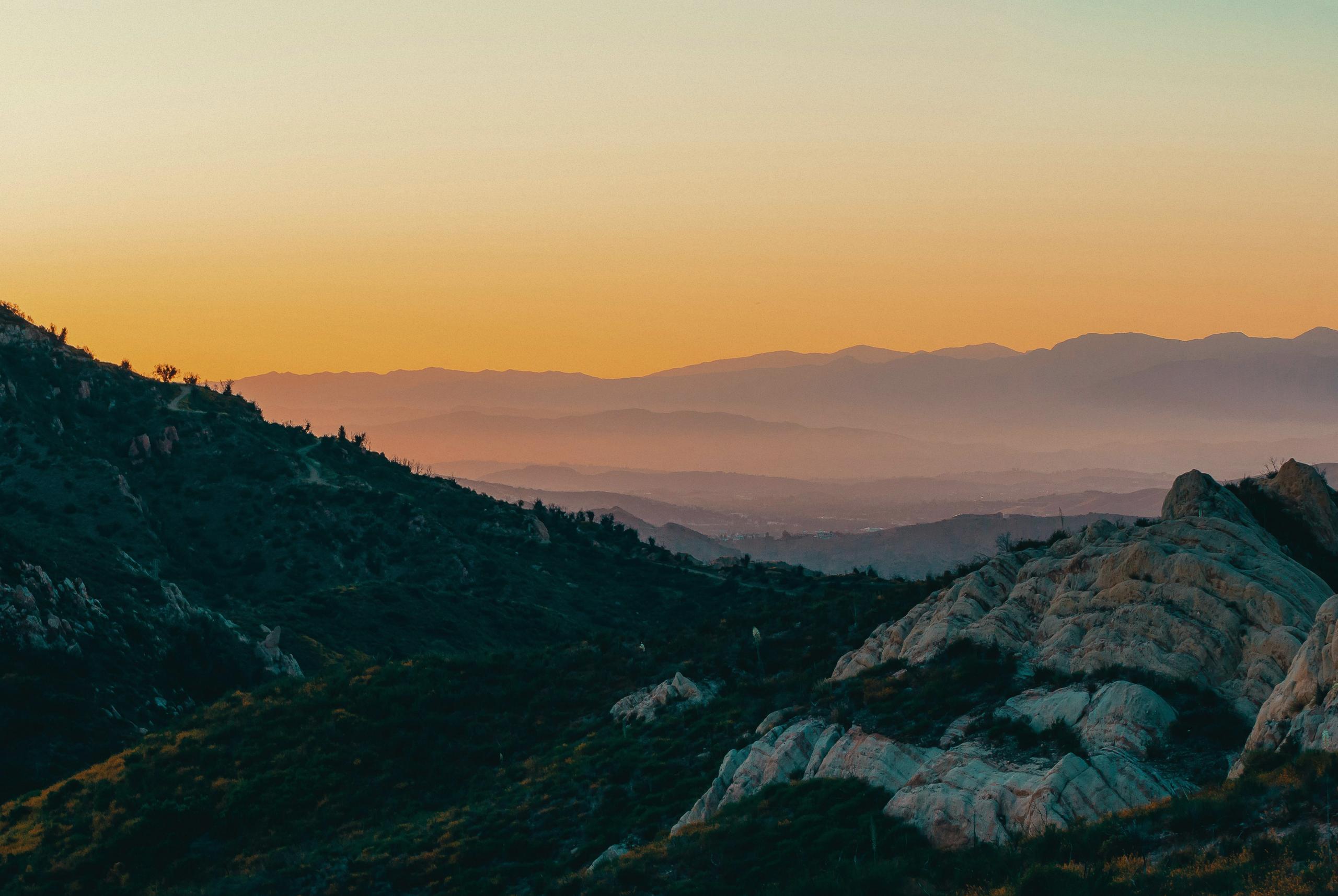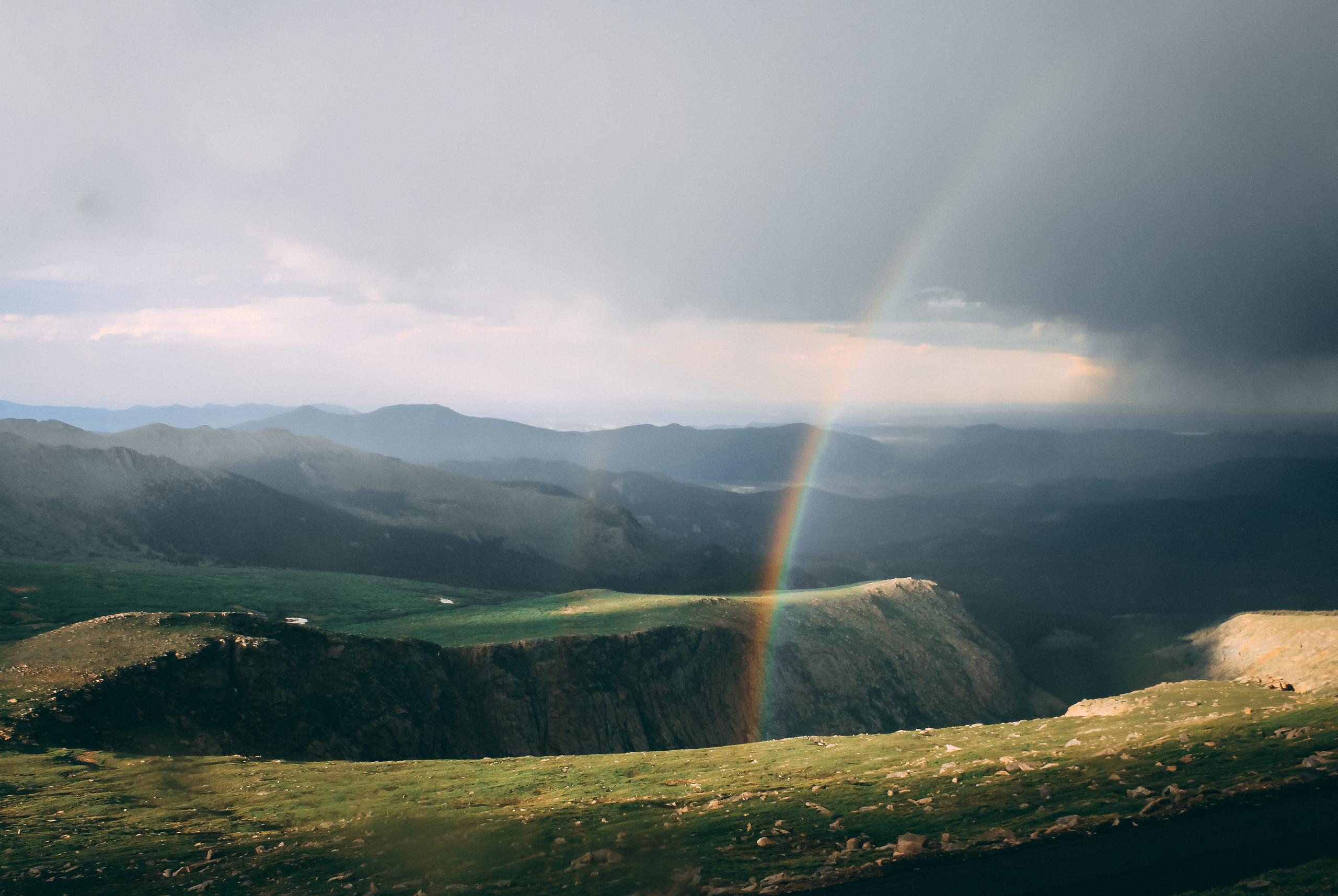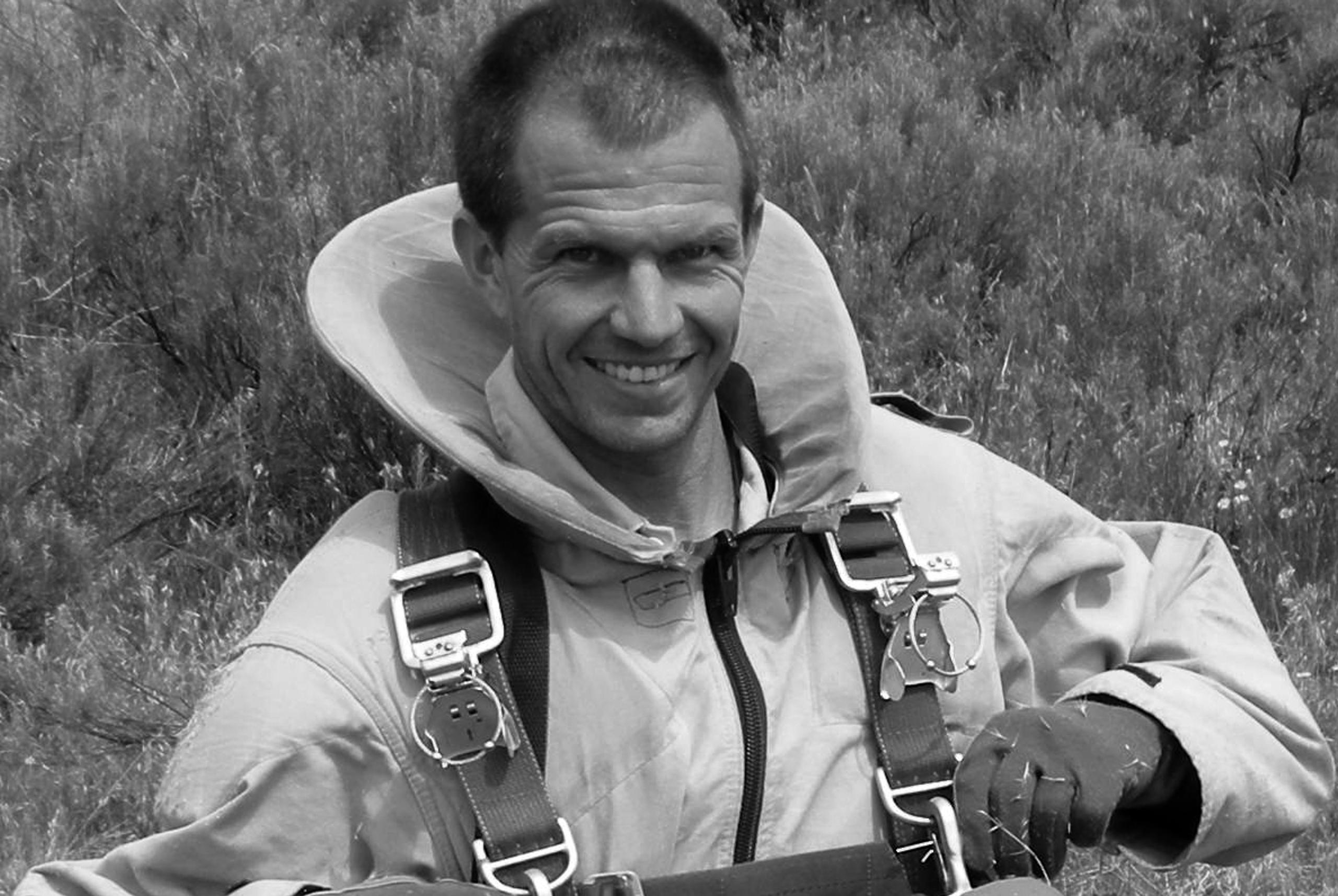
Restless Spirits Ep. 4: Cory Richards
It's been a big year for renowned author, photographer, filmmaker, and adventurer Cory Richards, who dropped not one but two books. First up was "The Color of Everything," Richards' compelling memoir of his professional climbing days, his wildly successful photography career, and his struggles with mental health. Then came "Bi-Polar: Photographs from an Unquiet Mind," 300 stunning images of everything from Richards' expeditions to his early fashion work. Check out our intimate conversation with Richards, and then read the expanded interview below.
Can you tell us who you are?
My name is Cory Richards. I am a photographer; I guess I was a photographer. I took a lot of pictures, mostly for National Geographic magazine, and I also climbed professionally. But now I've shifted my focus to writing.
What prompted that shift?
Well, the thing that prompted the shift from photography and athletics to writing was, if I'm being honest, I was forced into it. I think the utility or the benefit of those modalities, or those ways of moving through life, I'd wrung them out. And I was aware that they weren't working in the same way that they had for so many years.
I was in base camp on the side of the seventh highest mountain in the world, trying to do a new route. I had a mixed bipolar episode—I’m bipolar II—and it was very obvious in that moment that whatever I was doing wasn't working. In the wake of that, I shifted my focus and my attention to writing, largely because I didn't know what else to do. I didn't know where else to put that creative energy that's always there. I didn't know how to make sense of letting go of big pieces of my identity, but I knew I needed to do something. And I think in some ways it was just almost reactionary. It was a reaction to trying to sort out pieces of myself that didn't make sense.

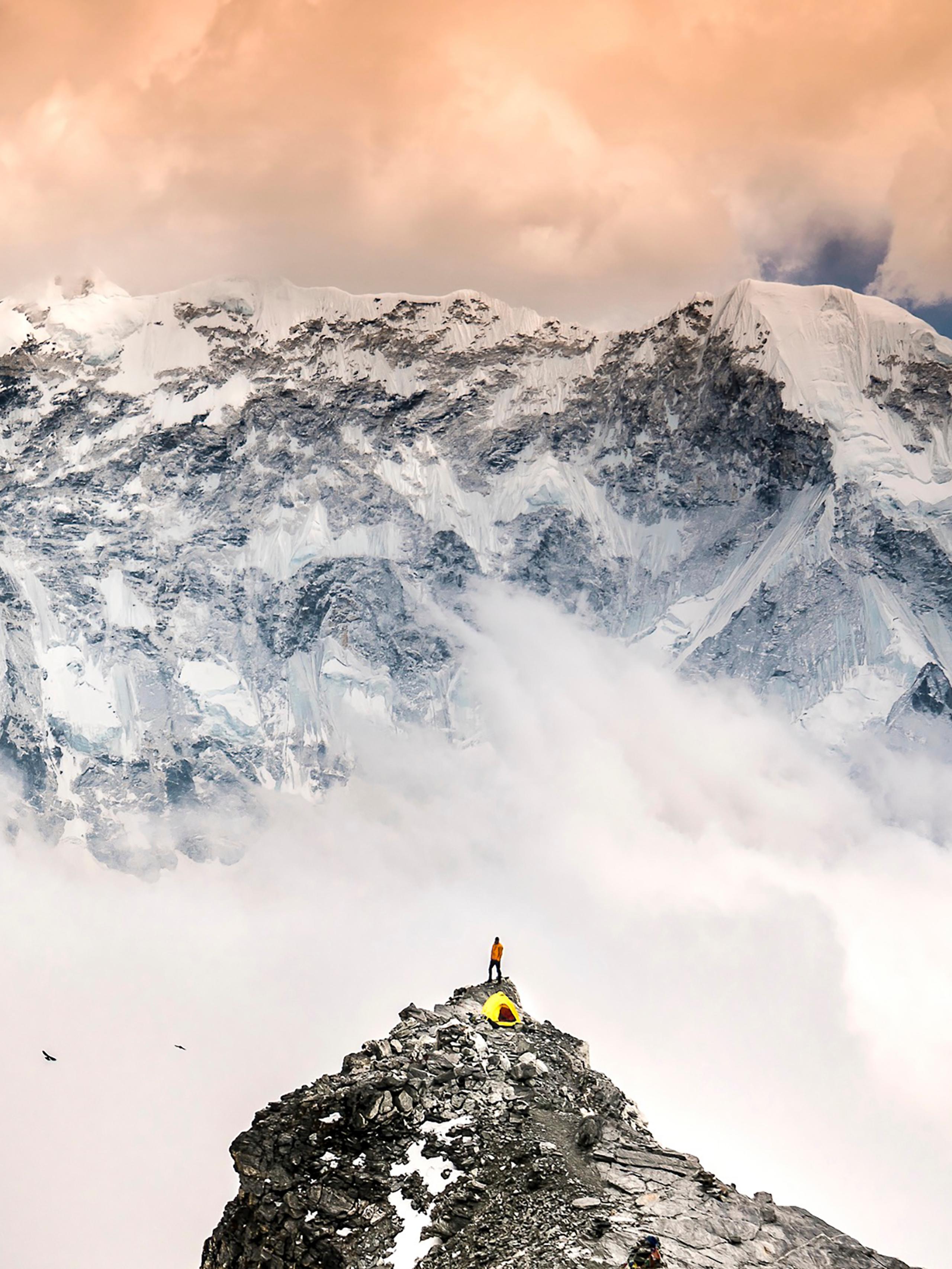
How did you approach writing your memoir, "The Color of Everything: A Journey to Quiet the Chaos Within"?
I've said this before. I'll say it again: I think the catalyst to this shift was the crisis. Crisis is the point of growth. You look at any story that's told as soon as something goes wrong, that's when the story starts, right? If nothing goes wrong, there is no story. So the same is true in the in the case of writing this book. I was forced into confrontation with the fact that all of the identity around photography, climbing, adventure, explorer, all these things, as those were stripped away there was an identity crisis. I didn't have the things that I thought had given me a place in the world. I wasn't concrete anymore in who I was.
And so that crisis point is when I started to really question the architecture, like the foundations of who I imagined myself to be and why and where I got my value from. I started to explore all of my personal narratives, so that's where it came from. It was like when all of the things that made me feel safe in the world were no longer present. I had to question why those things made me feel safe and also question their value in my life as it relates to my own personal value. What I learned was, it's not the things I'm doing that make me valuable.
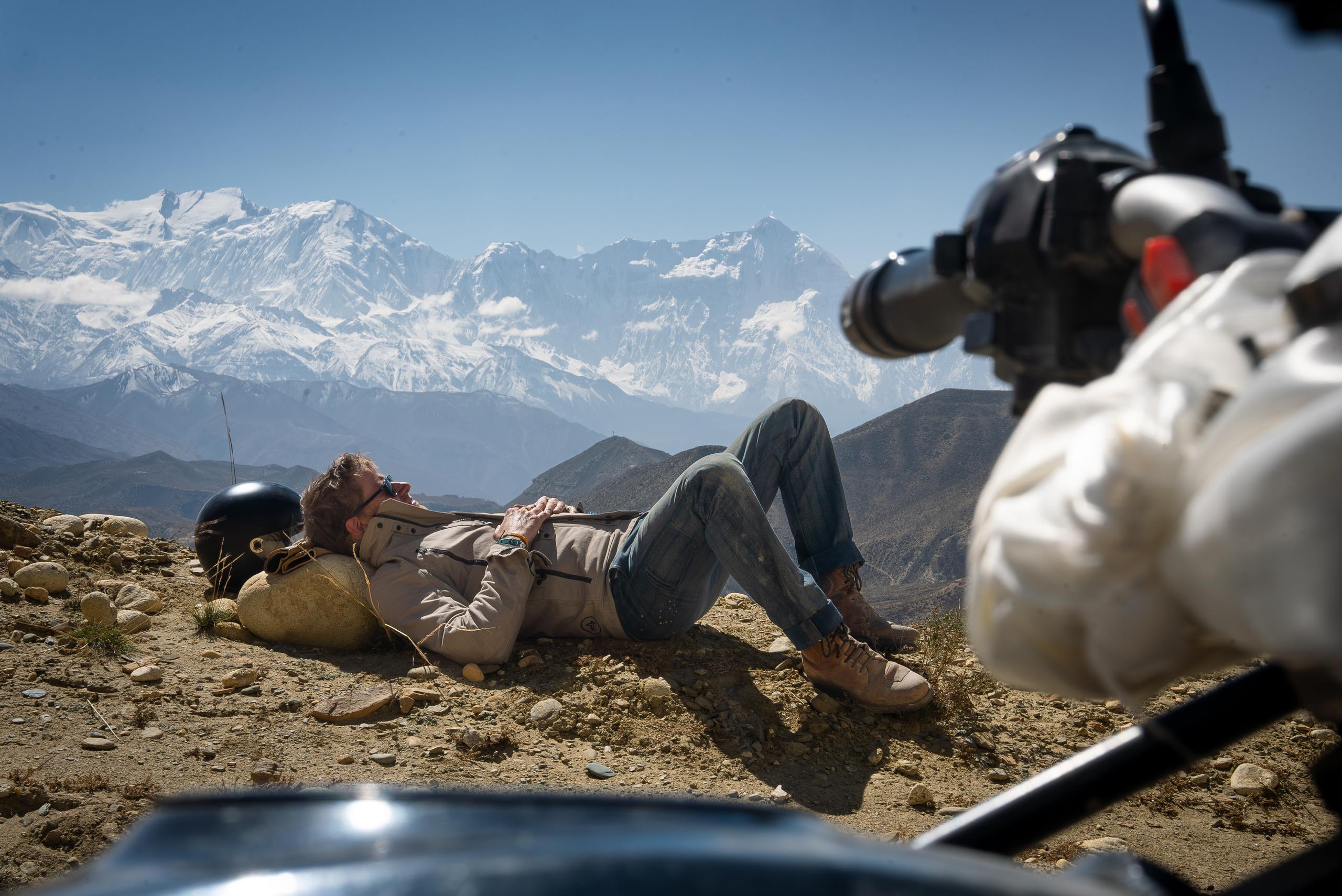
How did you find you writing style?
I didn't know what my voice was until I started writing the book. And truthfully, I didn't know what my voice was for about a year and a half of the writing process. I'd read a lot, and I'd take in a lot of information and I would play with different styles. I noticed that whatever I was reading, my writing would start to emulate the style of that author, and that was a really interesting process to sort of parse out, what's mine and what's theirs. What am I borrowing, what am I making? Ultimately, over the course of probably 100,000 words, I started to really understand what my style was.
But honestly, I think the style gets solidified in the editing in some ways. So you have all of this raw data and then you start to whittle it down. You know the old saying that the sculptures are inside the block of marble, you just have to refine it and get it there.


Tell us about the different layers of this book.
The way I always describe my book is it's like an onion: The outer layer is my life story, it follows my life from childhood, through a really magnificent early childhood into being a smart kid and going to high school two years early, then dropping out and being on the street in and out of rehab and psychiatric units. Then sort of the rediscovery of climbing and art through photography and how that all shaped what eventually would become my career.
The next layer in is an exploration of psychology, to the best of my understanding, everything from addiction to bipolar to trauma. anxiety, depression, suicide, narcissism, infidelity—all of it. Everything that I've experienced in my life and expressed in my life. And then the central nugget of it all is that we are storytellers, and it seems so simple, but I don't think people really get how much of storytellers we actually are. Like, everything we do is a story. The idea at the center of the book is, we don't get to choose what happens to us but we do get to choose the stories we tell about ourselves and the stories we tell about our lives. And we do get to be mindful and critical and curious about how those stories are setting us free or are holding us captive.

This series is about Restless Spirits. How would you define your own restlessness?
I'm always trying to distract myself. That, I would say, is an unhealthy restlessness because it's pointing me towards an inability to sit with whatever is uncomfortable. Conversely, when I'm curious about the world and I'm feeling creatively driven or artistically driven and I want to expand creatively or artistically, that's a restlessness that I really embrace. Or if I'm feeling that drive to be in nature or to be uncomfortable. To step out of my comfort zone I think is a valuable restlessness. So I think if I'm trying to engage with discomfort, that's a healthy restlessness. If I'm trying to avoid discomfort, that's an unhealthy restlessness.
